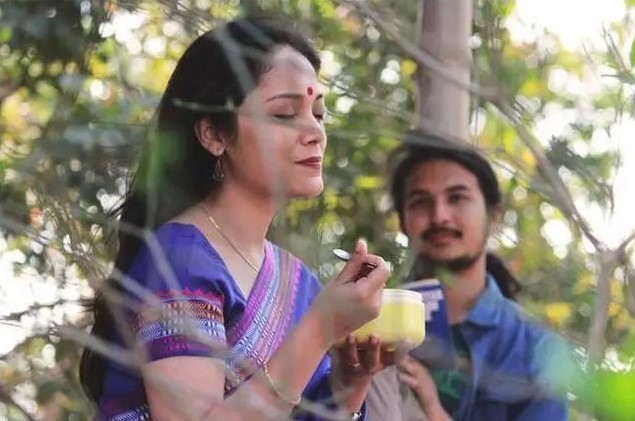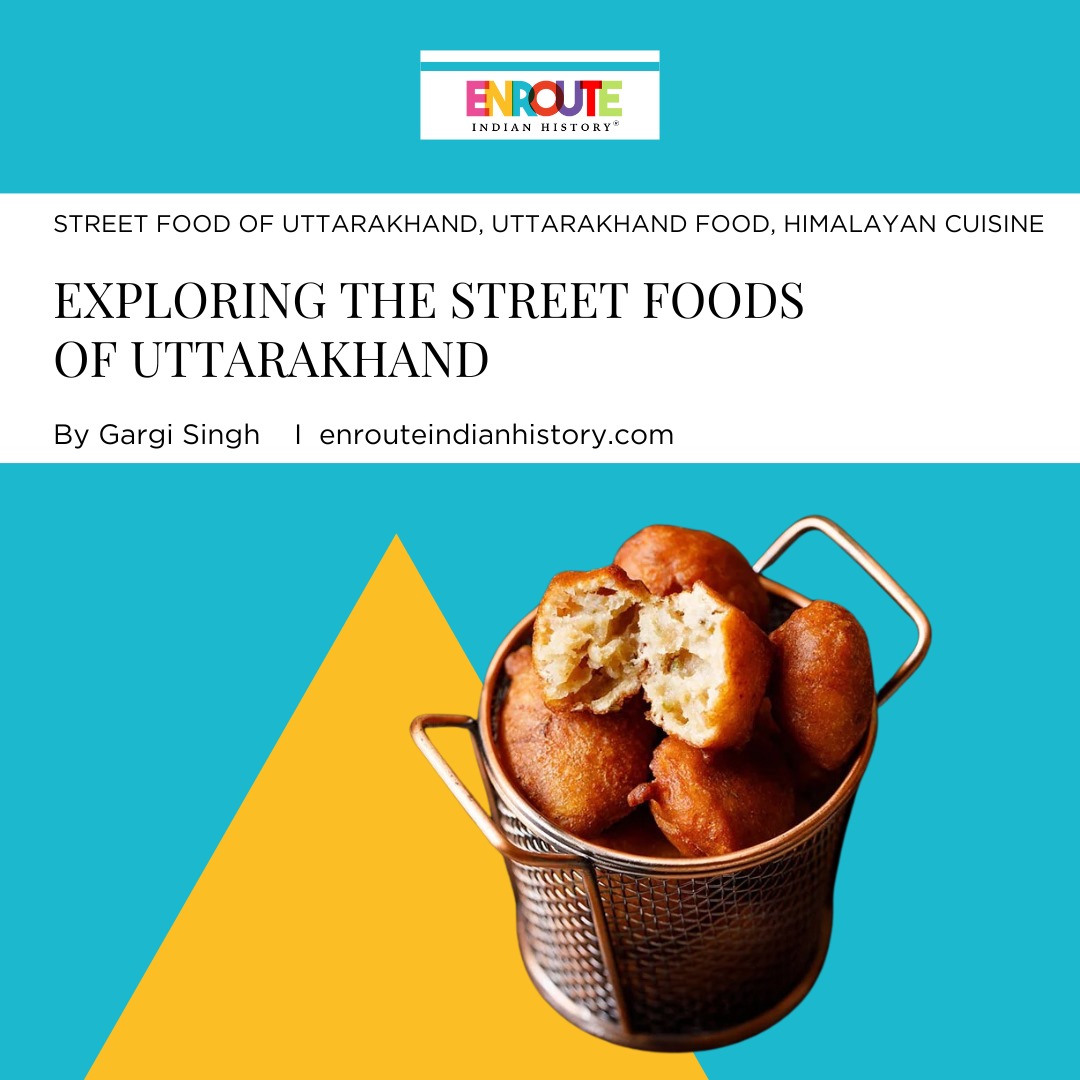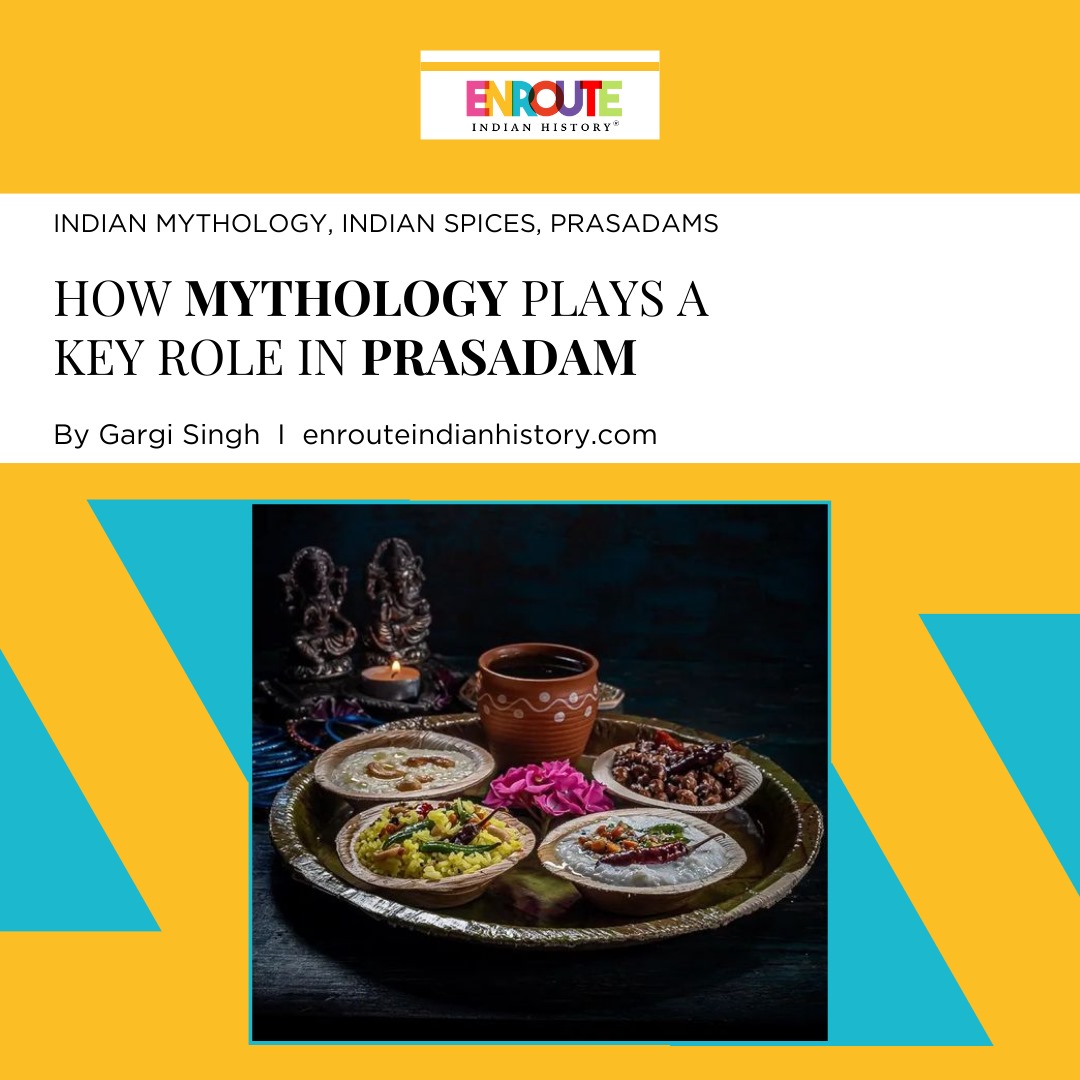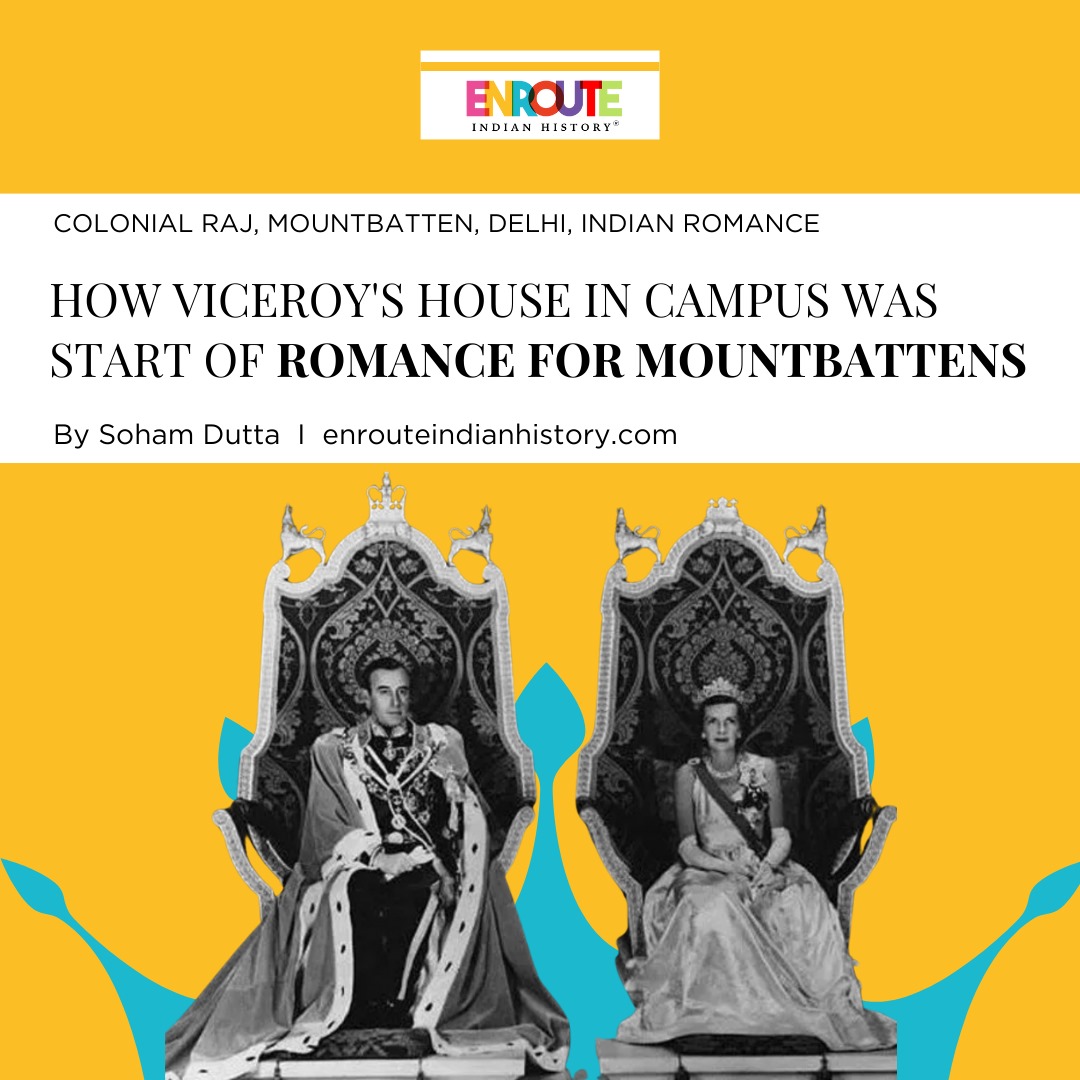
Horror in northeast India takes a special place in oral tradition as well as how we think of our unexplored landscapes. This land filled with dark forests, deep freshwater ponds and long dark nights combined with ancient traditions and social values provides a perfect landscape for the concoction of often ghastly tales. In our oral folklore in Assam, the element of the “scary unknown” has repeatedly been used to send messages regarding evil across to people of each succeeding generation. Primal emotions of companionship, anger, fear, disgust, surprise and anticipation are utilized for educating people to not do certain things. This existing culture of horror stories has been translated into a number of films (horror movies) in recent years such as Baakor Putek, Ghost of Maaikhuli and Ruddha Duwar. In the 2016 film Kothanodi, director Bhaskar Hazarika took 4 oral stories of Assam to create a looming and eerie horror film which managed to bag an award at the 63rd National Film Awards. But no one knew back then that his next project would only bend the genre in a way that would come as a shock to most, if not all, Assamese.

Sumon brings Nirmali food he himself prepared for the first time – a wild rabbit stew
The movie Aamis (2019), directed by Hazarika, tells the story of the relationship between a young PhD student Sumon and a married woman Nirmali who is a dentist. As a part of his “Meat Club” activities, Sumon, who is researching the meat-eating customs of Northeast India, starts introducing Nirmali to a variety of meals, primarily meat. As Nirmali and Sumon start to explore their attraction for one another, they gradually start to gravitate towards increasingly unusual meat dishes. Their culinary adventure suddenly turns dark as they start to partake in cannibalism, the ultimate form of taboo, as their connection grows more emotionally intimate. Aamis opens with a fan-favourite Jayanta Hazarika song “Monor Batoribor”. Shot in natural lighting, scenes of daily routine look like they are moments stolen from an average person’s experience living in Assam. We do not see them speak or behave any differently than the average Guwahatian for over forty-five minutes. This is precisely how Aamis is successfully able to train its viewers to think that absolutely nothing wrong is happening and empathize with Nirmali and Sumon. An hour and a half of deliberate build-up much like how Sumon pushes Nimali’s boundaries of adventure by first giving her rabbit meat before moving up to bats.

Sumon takes Nirmali to a riverside establishment to try fresh fish.
Nirmali’s dreary life is enlivened by the friendship’s slow growth; food and talk further enhance mental joy. For her, there is a difference between her and her best friend Jumi who engages in a physical extramarital relationship. For Sumon, the encounters over food function as his only pretext available to meet Nirmali. The fanciful journey undertaken involves both protagonists coming out of their entrenched circle of social roles to experience something forbidden in Assamese society, with Guwahati’s urban jungle becoming the symposium in which these two interact anonymously. Yet we the viewers, while admiring the simple aesthetics of a mildly forbidden relationship, the food they eat and the villages they travel to, could never have been anticipating what was coming. The two protagonists have thus hijacked our empathy.But the odd relationship is not enough to instil horror in the mind. This is where the second layer of subversion is applied through the means of consumption. The genre of horror is highly visceral and the violence involved in the act of eating, especially meat, makes it a perfect setting to be utilized in horror films. Because horror films aim to make what seems normal horrifying, they purposefully use food to evoke disgust, misery, and terror – all of which are crucial mood-setting emotions. But what if the same terrifying images are infused with love? The act of eating something a loved one has prepared with hard work is also a popular still utilized by cinema makers to capture romance. To feed a loved one is to provide them with a fundamental flavour of life, among the myriad of other hues associated with providing love.
It is by combining these two themes that Bhaskar Hazarika prepares the delicate souffle of romance and horror that is Aamis. In Aamis, the act of eating meat is shown through leisurely, serene surrealistic moments that are filled with ecstatic insights. The characters’ inventive recipe writing makes cooking seem both numerous and visually beautiful. The cooking scenes appear to be a trance-like depiction of love – a love that is ingrained inside but has not yet been realised, but we as the audience know it. Sumon’s artistic talent is evident in the way he presents his creation, which is a delicacy that is a literal extension of himself for Nirmali. The normal Assamese kitchen thus becomes a site of grotesque indulgence.Nirmali developed a passion for meat that could only be satisfied by Sumon. So even when Sumon decides to do the unthinkable of feeding Nirmali a piece of him, it is unsurprising that she ends up not rejecting it. For Sumon, this is his only way to physically be with Nirmali. He offers parts of himself to his beautiful lady love, the taste of passion lingers on and Nirmali slowly develops an addiction to the taste of human meat and eventually begins reciprocating the gesture. The line is blurred between which food is permissible and which is not and similarly which desire is permissible and which is not. In a society of repression, the meat becomes emancipation. But it matters not to them, and to some extent even to us, because they are in love. And love can never be wrong..right?

Nirmali enjoys Sumon’s “offering” and is transported into a state of bliss
The reason why the horror works is because in Assam, a very entrenched and strong meat-eating culture. Meat forms a central part of culinary practices for most tribes in Assam. Magh or Bhogali Bihu celebrated in January every year is the festival of harvest and food, which involves the preparation of chicken, pork, duck, fish etc.Meat or rather “flesh” thus also features in Assamese stories, hence the culture of subversion of social behaviour by inciting revulsion, in stories, already existed. In “Tejimola”, the titular Tejimola is pounded to death by her evil stepmother with a traditional Assamese rice pounding machine the “dheki”. In “Tula aru Teja” the King punishes his wife Teja’s criminals, her stepsister Tula and stepmother Laagi, by ordering death for Tula and sending her meat to mother Laagi. Hazarika takes this oddly subtle relationship between meat and maiming in horror stories to the extreme levels of grotesque.But this northeast Indian meat-eating culture also accounts for a lot of discrimination. Mainland Indian perceptions repeatedly scrutinize northeast Indian food practices in a negative light. This ends up in manifestations of racism such as asking if we eat dogs and other offensive questions. The movie challenges accepted ideas of normalcy and acceptability by posing issues with meat consumption, prohibited relationships, and morality. The narrative from Northeast India depicts culinary experiences set inside the nation’s many eating customs arranged in a wide mosaic. Sumon fully accepts that no meal, including meat, is sacrosanct and that abhorring particular types of meat is also a type of “othering”. Throughout the story, established ideas of identity within the context of social acceptability and taboos around the consumption of particular meats are highlighted. But again, being a horror film, this too has been taken to the extreme levels.

Sumon and Nirmali discuss her addiction and how to rid her of her ravening hunger.
Aamis has become a fan favorite film within the landscape of independent Indian horror. With Anurag Kahsyap presenting it, it quickly became a popular watch among cinephiles around the globe. It has garnered Best Director for Bhaskar Hazarika and Best Actress for Lima Das (Nirmali) at the Singapore South Asian International Film Festival (SAIFF). It has also received an ovation at the Tribeca Film Festival. Upon theatre release, it has garnered praise from The Hollywood Reporter, HuffPost, Film Companion, The Hindustan Times, The Business Standard, and more. Assamese people consider Aamis their “Parasite” moment, just without an Oscar. The quiet subversion of romance with a pastel palette and dark behavior sends a message to Assamese people about how repression in our society works, how we unknowingly participate in it, and what happens when people act out, which perhaps is the best purpose of horror.
Reference
- Sarmah, R. (2022). Forbidden Love, Meat and Cannibalism: An Analysis of Bhaskar Hazarika’s Aamis (Ravening). SARE: Southeast Asian Review of English, 59(2).
Image Source
- The Sentinel Assam
- Hindustan Times
- EastMoJo
- Northeast Now
- Arts Illustrated
- February 16, 2024
- 8 Min Read
- February 16, 2024
- 8 Min Read


























